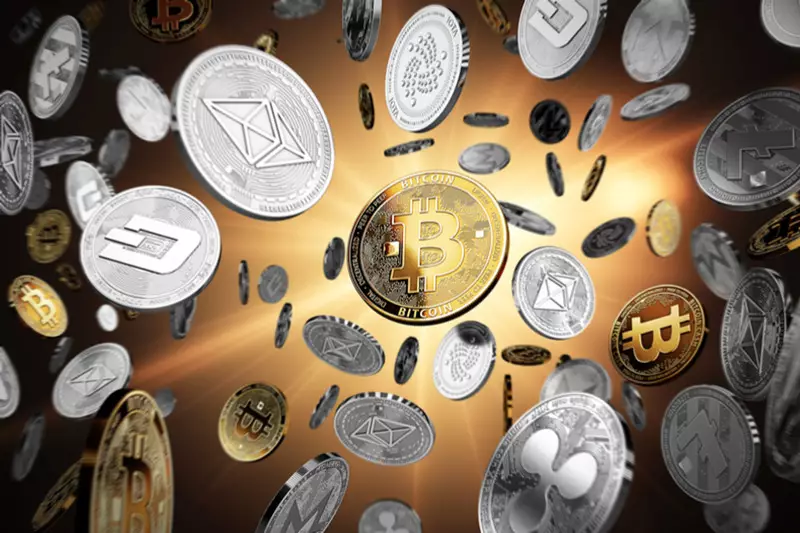The Fragile State of U.S. National Debt and Its Ripple Effects on Crypto Markets

Max Keiser, a prominent financial journalist and Bitcoin advocate, has recently expressed concerns regarding the unprecedented surge in the U.S. national debt, which has now reached a staggering $35.27 trillion. This alarming figure translates to approximately $104,568 of debt for every citizen in the country, an indication of the fiscal pressures that are mounting on the U.S. economy. Keiser did not shy away from sharing his predictions on social media, noting that he believes the collapse of the fiat U.S. dollar could occur within a mere six months.
Keiser’s statements coincide with insights shared by the @RadarHits Twitter account, which pointed out that the rapid increase in national debt could be attributed to the financial commitments made by the U.S. in recent geopolitical engagements. These endeavors have necessitated unprecedented levels of financial support and significant increases in money printing. Just within the last eight months, the debt has skyrocketed, swelling by an additional trillion dollars—a rate of growth that signals alarming trends in fiscal responsibility and sustainability.
In light of these developments, financial figures like Robert Kiyosaki, the author of the bestseller “Rich Dad Poor Dad,” foresee Bitcoin’s value climbing to at least $100,000 in the near future, largely driven by these economic uncertainties. Kiyosaki attributes Bitcoin’s anticipated rise to its reputation as a “safe haven” asset in times of economic tumult. His prediction implies that the increasing national debt may serve as a catalyst for more investors to flock to Bitcoin, seeking refuge from the depreciating U.S. dollar.
The correlation between national debt and Bitcoin’s market performance reflects a growing trend among investors who view cryptocurrencies, particularly Bitcoin, as an alternative to government-issued currency. As faith in traditional financial systems wanes, the allure of digital currencies grows stronger, presenting a compelling case for potential surges in value amid economic uncertainty.
The ongoing volatility in cryptocurrency markets was further exacerbated by recent events surrounding Pavel Durov, the founder of the messaging app Telegram and the TON cryptocurrency. Durov was arrested in France on accusations that included complicity in drug trafficking, fraud, and money laundering. Although he was released on a substantial bail, the episode led to an immediate and significant downturn in the value of TON, which plummeted by more than 15%.
Keiser utilized this incident to reinforce his stance on Bitcoin as the premier cryptocurrency, distinguishing it from altcoins like TON, ADA, XRP, and ETH. His assertion rests on the belief that Bitcoin, created by the anonymous figure Satoshi Nakamoto, offers a level of security and stability that other cryptocurrencies cannot guarantee. This perspective comes at a time when many altcoins are facing legal and operational uncertainties, making them particularly susceptible to market fluctuations and investor panic.
As the U.S. national debt continues to spiral, the implications for both fiat currency and cryptocurrency markets grow increasingly significant. Investors like Keiser and Kiyosaki highlight these dynamics, emphasizing how economic pressures could redirect capital flows toward Bitcoin. Simultaneously, events such as Durov’s arrest serve as cautionary tales for those involved in the cryptocurrency space, underlining the risks and volatility inherent in less established digital assets. The future of currency—be it fiat or digital—remains precarious, with a complex interplay of trust, stability, and regulation determining the road ahead.





